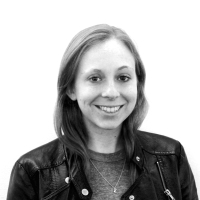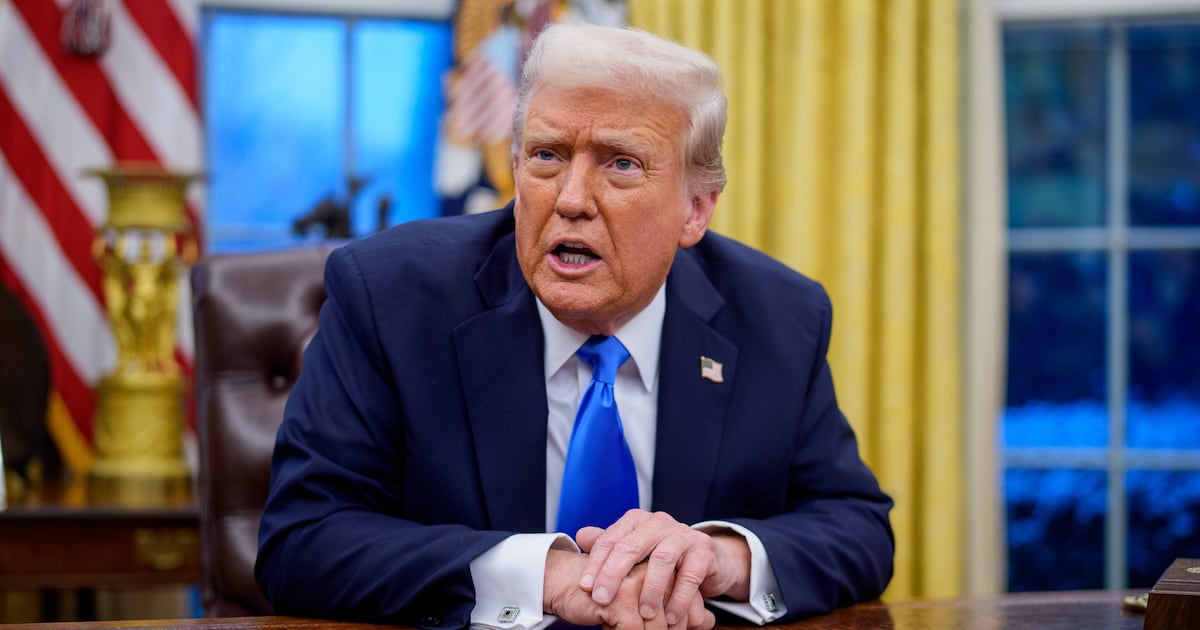
Grace Choi is a 30-year-old Korean American who still lives in Queens with her parents. She describes herself as a “crazy, nonfunctioning creative person,” despite having graduated from Harvard Business School. And she’s created a product that has the potential to revolutionize the beauty industry as we know it.
Choi is an engineer and an entrepreneur. But she won’t use any of those titles when describing her invention, MINK, an at-home, 3-D printer that produces makeup in any color imaginable. “It’s activism,” she says.
Straight out of Harvard last year, Choi accepted a job offer to work on food innovation for Burger King. “Before business school, I was an inventor,” Choi explains over coffee, “and I knew how hard it was. I [decided] to give corporate a try and it turned out to be a horrible idea. I only lasted three months. This is what I’m meant to do. I wouldn’t even call myself an entrepreneur; I’m just a creator. I like to make stuff. I got to the point where I was like, ‘OK, this is what I’m going to do, but this time I really want it to mean something. What can I do that’s really going to mean something?’”
This past January, the idea of MINK came to Choi—the concept, from thought to finished product, took roughly a month. She unveiled the prototype of the mechanism last month at TechCrunch Disrupt and the response was overwhelming, particularly in regard to its simplicity—the printer, which will retail for $300 when it goes on sale, Choi hopes, next summer, hooks up to a computer and uses color codes (from any image on the Internet) to print the exact shade of makeup one desires. With limited shades of cosmetics available in stores (Choi cites green and black lipsticks as examples of things not prevalent), MINK has the creative power to disrupt a $55 billion industry.
But money, Choi ensures me, is not her main agenda. Rather, her goal is to “change the dialogue between beauty companies to start talking about diversity.”
With a targeted demographic of 13 to 21, building self-confidence and conquering racial discrimination is the ultimate point of MINK. Similarly, Choi wants to nurture people’s innate creativity, hoping that the at-home product will allow girls to want to wear shades of lipstick, blush, or eye shadow that may not be considered the norm. She highlights her own feelings of inadequacy and not fitting in, which have clearly played a role in the product’s conceptualization and its goal to celebrate individuality.
“After graduating from Harvard, I thought I would feel more confident about myself,” Choi said. “But for some reason, I looked in the mirror and I still felt insufficient, ugly, and just not enough… I’m like, ‘Where is this coming from?’ I think it pummels back to when you’re young and how corporate America companies market [things]. They’re [always] telling you you need more… We live in a society—I feel like we live in the matrix already—that’s controlled by marketers. People just don’t realize it yet because we’re taught to accept the status quo.”
It seems strange, in a way, for someone to target an industry by playing its own game. But it’s not so much the products that Choi has an issue with, as it is the spectrum of shades and colors available.
“I decided to do beauty first because that is the most important [industry]—in terms of self-confidence, and shaping women. Also it directly [deals] with race. You can put this whole thing—the supply chain and whatnot, and do it with hamburgers. But when you’re doing it with cosmetics, you’re dealing with a racial issue because it [deals] with skin color. This is so much more of a societal issue than just a commercial issue. I was like, ‘This is too important for me to ignore.’”
I asked Choi if, being Asian, this was something she experienced firsthand.
“I think growing up, I didn’t notice it. But looking back, it’s like, why did I feel kind of left out all the time? I did grow up in an environment where… even today, CoverGirl has never had an Asian [spokesmodel].”
In fact, most major cosmetics brands have yet to select a model of Eastern descent for their campaigns, with the most relevant exception being Estée Lauder, which in 2010 (to put things in perspective, the company was founded in 1946), featured Liu Wen in an advertisement.
“If the standard of beauty is [determined by] these companies and their supermodels, or their ‘deities,’ then what does it say about all the other races?” Choi asked. “What about people with freckles? What about people who don’t have flawless skin? Why are we letting other people define what beauty is? I think my enemy isn’t any beauty company whatsoever. It’s greed. And the way greed grows is by telling you that you’re not good enough. And that’s what I’m trying to bring. I think when you give a girl confidence or the idea that it’s her ability to decide things, that’s very powerful.”






